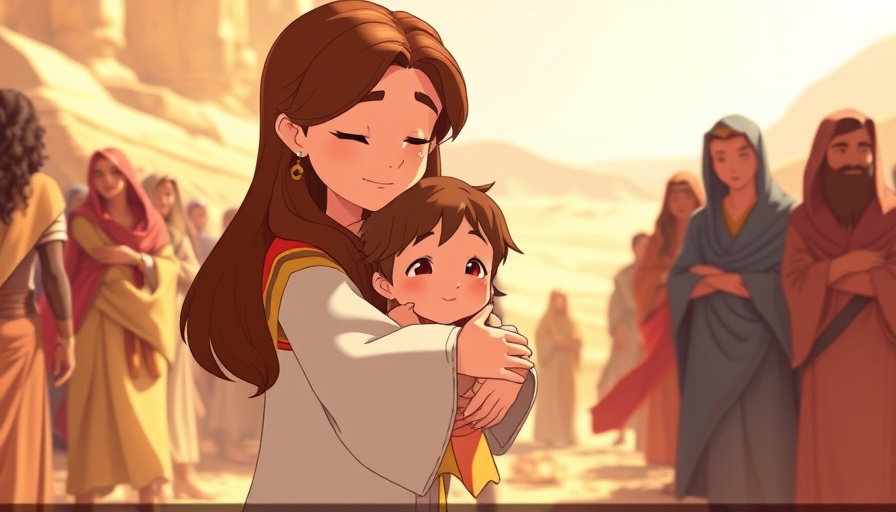
Understanding Esau and Jacob: A Story of Forgiveness
The biblical narrative of Esau and Jacob, as portrayed in the Superbook series, offers deep insights into the power of forgiveness and reconciliation. This timeless story resonates with many members of the Seventh-day Adventist faith community, as it encompasses themes that are central to our beliefs and values.
The Context of Their Conflict
Esau and Jacob were twin brothers, born to Isaac and Rebekah. Their story, found in the book of Genesis, reveals a complex web of rivalry and favoritism. While Esau was the firstborn, Jacob, who was favored by their mother, deceived Esau into selling his birthright for a bowl of stew. This event marked the beginning of a strained relationship filled with resentment and heartbreak.
Forgiveness and the Power of Reconciliation
When they finally meet again after many years apart, the tension is palpable. Jacob, fearing Esau's wrath due to his past actions, approaches with trepidation, bowing down to his brother in an act of submission. In a remarkable turn of events, Esau embraces Jacob, expressing his willingness to forgive. This scene symbolizes the potential for healing relationships even after deep hurts, showcasing the biblical principle that forgiveness can overcome past grievances.
Lessons for the Contemporary Faith Community
For members of the SDA faith community, the story of Esau and Jacob is a powerful reminder of the importance of forgiveness in their personal lives and within their church community. In a world where conflicts are often magnified, practicing forgiveness can lead to restorative relationships, fostering unity and understanding.
Relevance to Current Events and Personal Relationships
Today, many people face relationships fraught with tension and misunderstandings. Drawing parallels between these familial conflicts and contemporary issues can encourage individuals to seek forgiveness. Whether it’s a disagreement with a family member or conflict within the church, the message is clear: the path to healing often begins with a heartfelt apology and a willingness to forgive.
Practical Insights on Forgiveness
To embody the spirit of Esau and Jacob, consider the following steps:
- Acknowledge the Hurt: Recognizing the pain that exists in relationships is the first step towards healing.
- Communicate Openly: Honest discussions about past grievances can provide an opportunity for understanding and closure.
- Take Initiative: Sometimes, it is essential to make the first move towards reconciliation.
- Offer Grace: Just as Esau did, offering grace can set the stage for healing and rebuilding trust.
The Spiritual Dimension of Forgiveness
Forgiveness, at its core, aligns with the teachings of Jesus Christ, who emphasized love, mercy, and compassion. The act of forgiving not only restores relationships but also nurtures the spiritual health of individuals and communities. By following Christ's example, members of the faith community can cultivate a spirit of unity and love, essential for a harmonious church life.
Encouraging Stories of Personal Transformation
Countless testimonies reflect the transformative power of forgiveness. Many have shared their stories of reconciling with estranged family members or mending friendships that seemed irreparable. These personal accounts serve to inspire others, reaffirming that no relationship is beyond the reach of God's healing.
Final Thoughts: Why Forgiveness Matters
As we navigate through life's challenges, the story of Esau and Jacob reminds us of the importance of forgiving one another. In doing so, we not only reflect the love of Christ but also experience the peace that comes from reconciliation. Embracing forgiveness allows us to grow spiritually and builds resilience within our community.
If you want to dive deeper into these themes and explore additional resources that discuss forgiveness in the context of faith, we encourage you to engage with local church groups or study materials that focus on reconciliation and healing.
 Add Row
Add Row  Add
Add 




Write A Comment